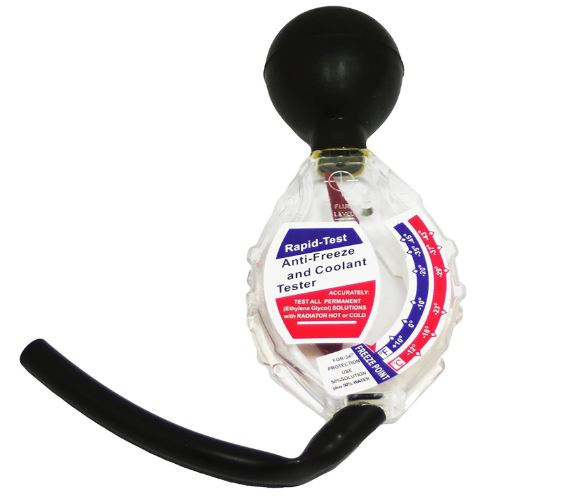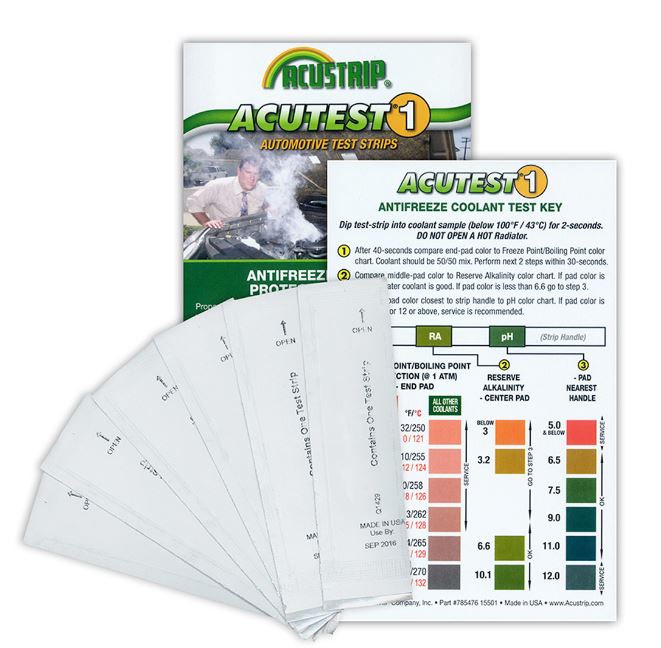As the first snowflakes fall and the ground turns white, snowmobile enthusiasts eagerly await the chance to carve through the pristine powder expanse. However, even the most thrilling ride can be marred by a crucial component’s failure: an inadequate coolant system. To ensure your snowmobile tackles the winter wonderland without overheating woes, testing your coolant regularly is essential.
Why Checking Your Snowmobile’s Coolant Matters
Snowmobiles rely heavily on their coolant systems to function properly. As the engine works and generates heat, the coolant system absorbs and dissipates that heat, ensuring optimal operating temperature. Neglecting this vital function can lead to costly engine damage. Snowmobile coolant also acts as an antifreeze, preventing the internal components from freezing in sub-zero temperatures. This ensures smooth operation even in the harshest winter conditions.
Signs Your Snowmobile Coolant Needs Attention
Several tell-tale signs indicate your snowmobile’s coolant might be compromised.
Discolored or Sediment-Filled Coolant
A healthy coolant is typically clear or green. If you notice discoloration or sediment buildup in the reservoir, it could signify degradation or contamination.
Low Coolant Level
Regularly check the coolant level. A significant drop can indicate leaks or evaporation, reducing the system’s effectiveness.
Temperature Gauge Readings
Pay close attention to the temperature gauge while riding. If the needle consistently reaches the hot zone, it’s a clear sign of overheating, potentially caused by inadequate coolant.
Visible Leaks
Inspect the radiator, hoses, and other cooling system components for leaks. Even small leaks can gradually deplete coolant and compromise engine protection.
How to Test Your Snowmobile’s Coolant
The following tools can be used to test your coolant.
1. Hydrometer:

Function: Measures the specific gravity of the coolant, indicating its antifreeze concentration.
How it works: A small sample of coolant is drawn into the hydrometer using a bulb. The float inside the instrument rises to a specific level based on the coolant’s density. The reading is then compared to a chart to determine the freeze point and antifreeze concentration.
Benefits: Provides an accurate measure of freeze protection and helps determine if antifreeze needs to be replaced.
Limitations: Requires a small amount of coolant and doesn’t detect contamination.
2. Test Strips:

Function: Detects various contaminants in the coolant, including pH levels, nitrates, and nitrites.
How it works: A test strip is dipped into a sample of coolant. The color of the strip changes depending on the level of contamination. The color change is then compared to a chart provided with the test strips to identify the specific problem.
Benefits: Quick and easy to use, detects a variety of contaminants, and provides an initial indication of coolant health.
Limitations: Doesn’t provide quantitative results and may not be as sensitive as other testing methods.
3. Refractometer:

Function: Accurate measurement of the coolant’s freeze point.
How it works: A drop of coolant is placed on the prism of the refractometer. The instrument refracts light through the coolant, and the angle of refraction is used to determine the freeze point.
Benefits: Highly accurate and provides a definitive measure of freeze protection.
Limitations: Requires a specialized instrument, can be more expensive than other testing methods, and may be more sensitive to user error.
4. Visual Inspection:
Function: Simple but effective check for obvious problems.
How it works: Examine the coolant reservoir for discoloration, sediment, or a low coolant level. Inspect the radiator and hoses for leaks.
Benefits: Easy and quick to perform, can identify some major issues with the coolant or cooling system.
Limitations: Doesn’t provide information about the coolant’s freeze protection or level of contamination.
Choosing the Right Tool
The best tool for testing your snowmobile’s coolant depends on your budget, technical expertise, and desired level of detail. For most riders, a hydrometer or test strips are sufficient for regular checks. However, if you require a precise measurement of freeze protection, a refractometer is a good investment.
Remember: Always follow the manufacturer’s recommendations for testing and replacing your snowmobile’s coolant. Regular testing and proper maintenance will ensure your machine runs smoothly and safely throughout the season.